The Biological Mechanisms of Epigenetic Inheritance
Introduction
Epigenetic inheritance refers to the process by which changes in genes can be passed on from parents to offspring without altering the underlying DNA sequence. This biological mechanism is an essential component of evolution and development, and it plays a crucial role in the regulation of gene expression and cellular differentiation. Epigenetic inheritance involves various molecular mechanisms, including DNA methylation, histone modification, and non-coding RNA molecules. These mechanisms can influence the phenotype of an organism by altering gene expression in response to environmental factors read more.
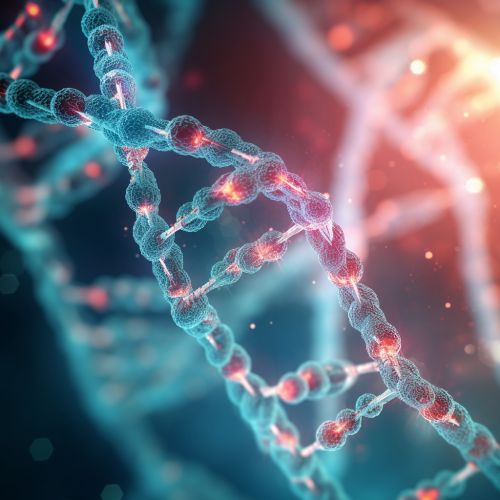
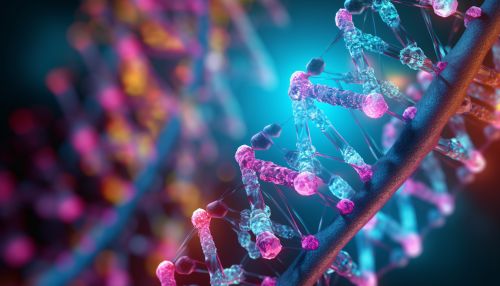
DNA Methylation
DNA methylation is a biochemical process that involves the addition of a methyl group to the DNA molecule. This modification can change the activity of a DNA segment without changing the sequence. When located in a gene promoter, DNA methylation typically acts to repress gene transcription read more. DNA methylation is a crucial part of development, and it can be inherited from one generation to the next, contributing to the phenomenon of epigenetic inheritance.

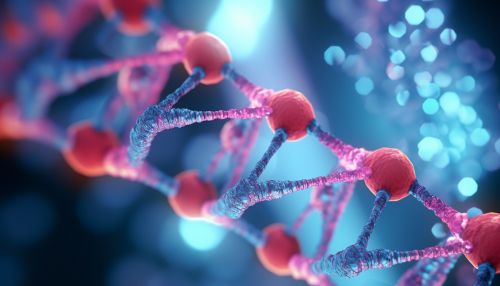
Histone Modification
Histones are proteins that help package DNA into a compact, organized structure known as chromatin. The modification of these histones can influence gene expression by altering chromatin structure or recruiting histone modifiers. Histone modifications can be inherited, and they play a crucial role in many biological processes, including cell growth, differentiation, and apoptosis read more.
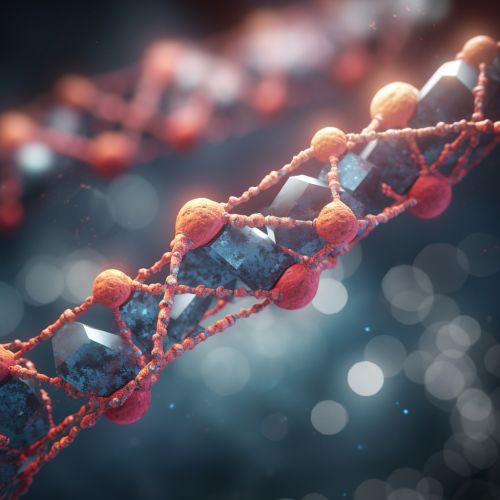
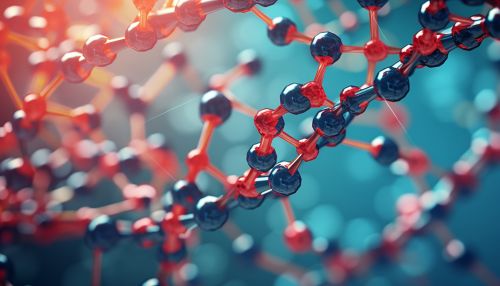
Non-Coding RNA Molecules
Non-coding RNA molecules are a type of RNA that does not code for proteins but can regulate gene expression in other ways. These molecules can influence the process of epigenetic inheritance by interacting with DNA methylation and histone modification pathways. Non-coding RNAs can also be inherited and can play a crucial role in development and disease read more.

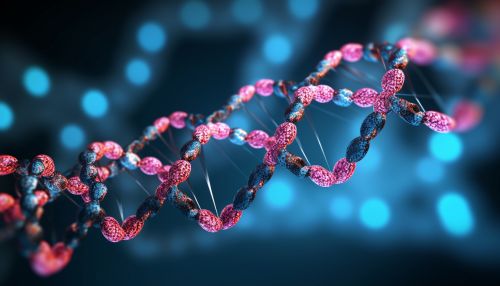
Environmental Factors
Environmental factors can influence the process of epigenetic inheritance by altering the patterns of DNA methylation, histone modification, and non-coding RNA expression. These changes can be passed on to subsequent generations, leading to phenotypic variation and evolution. Examples of environmental factors that can influence epigenetic inheritance include diet, stress, and exposure to toxins read more.


Conclusion
In conclusion, the biological mechanisms of epigenetic inheritance involve complex molecular pathways that can influence gene expression and phenotype. These mechanisms, which include DNA methylation, histone modification, and non-coding RNA molecules, can be influenced by environmental factors and can be passed on from one generation to the next. Understanding these mechanisms is crucial for understanding the processes of development, disease, and evolution.
